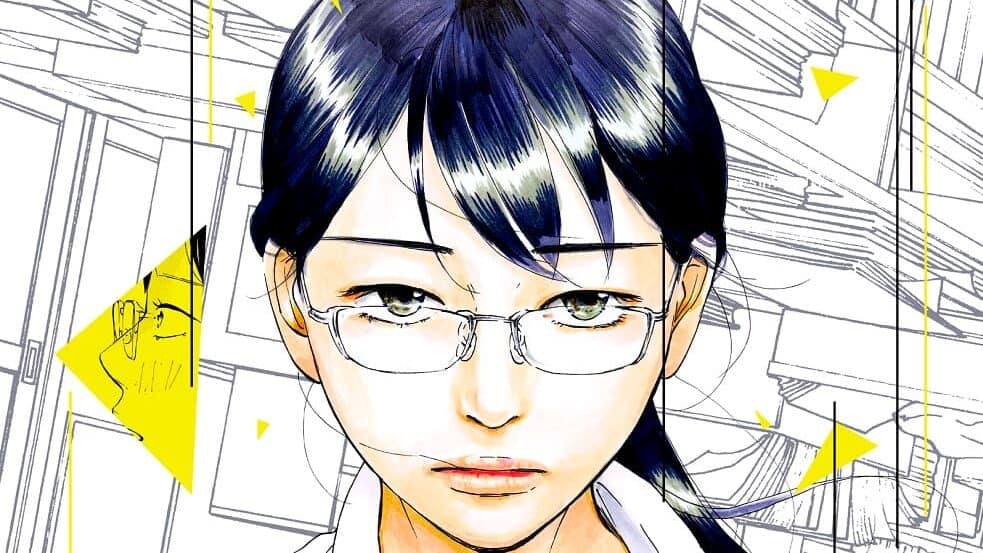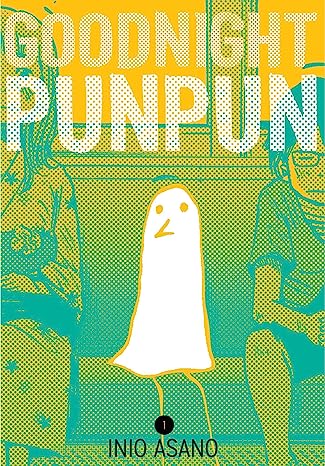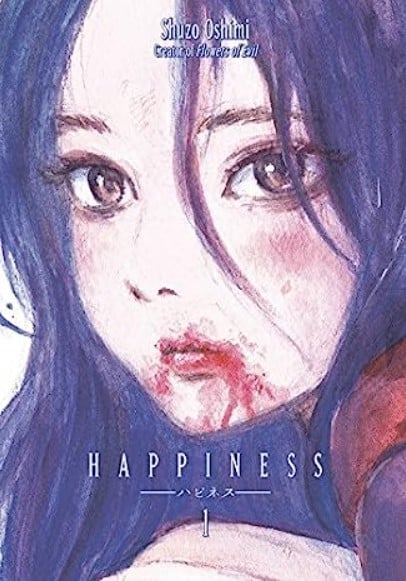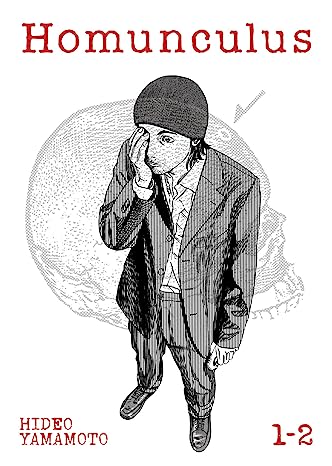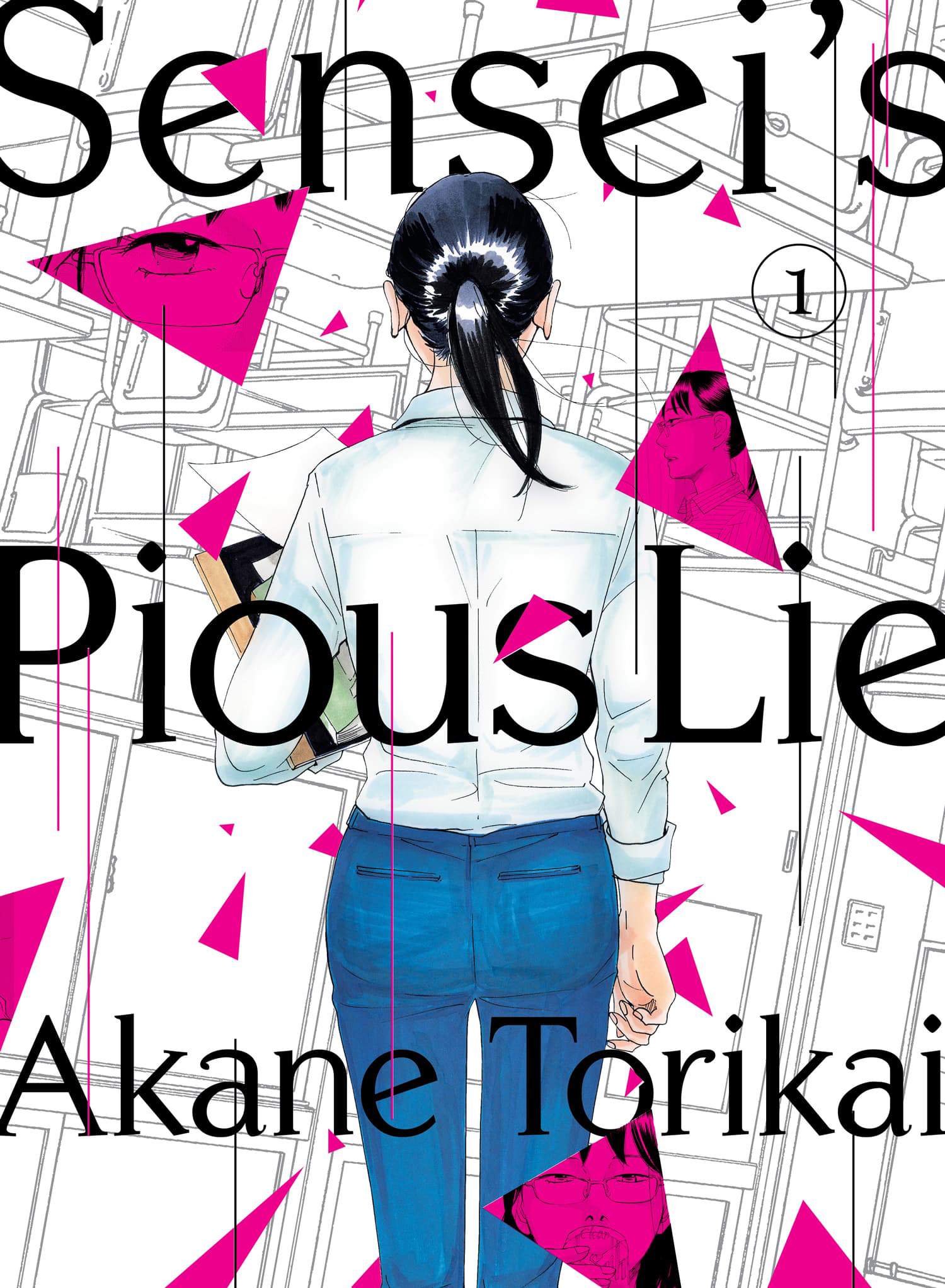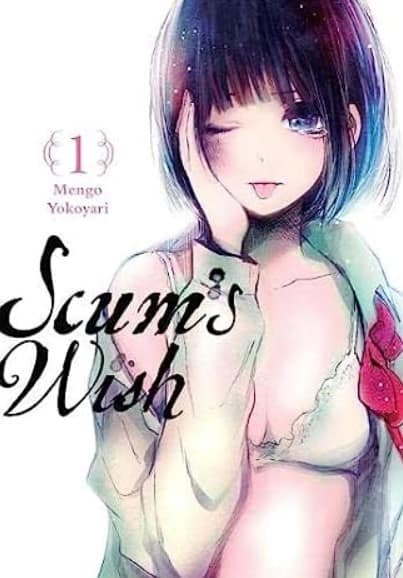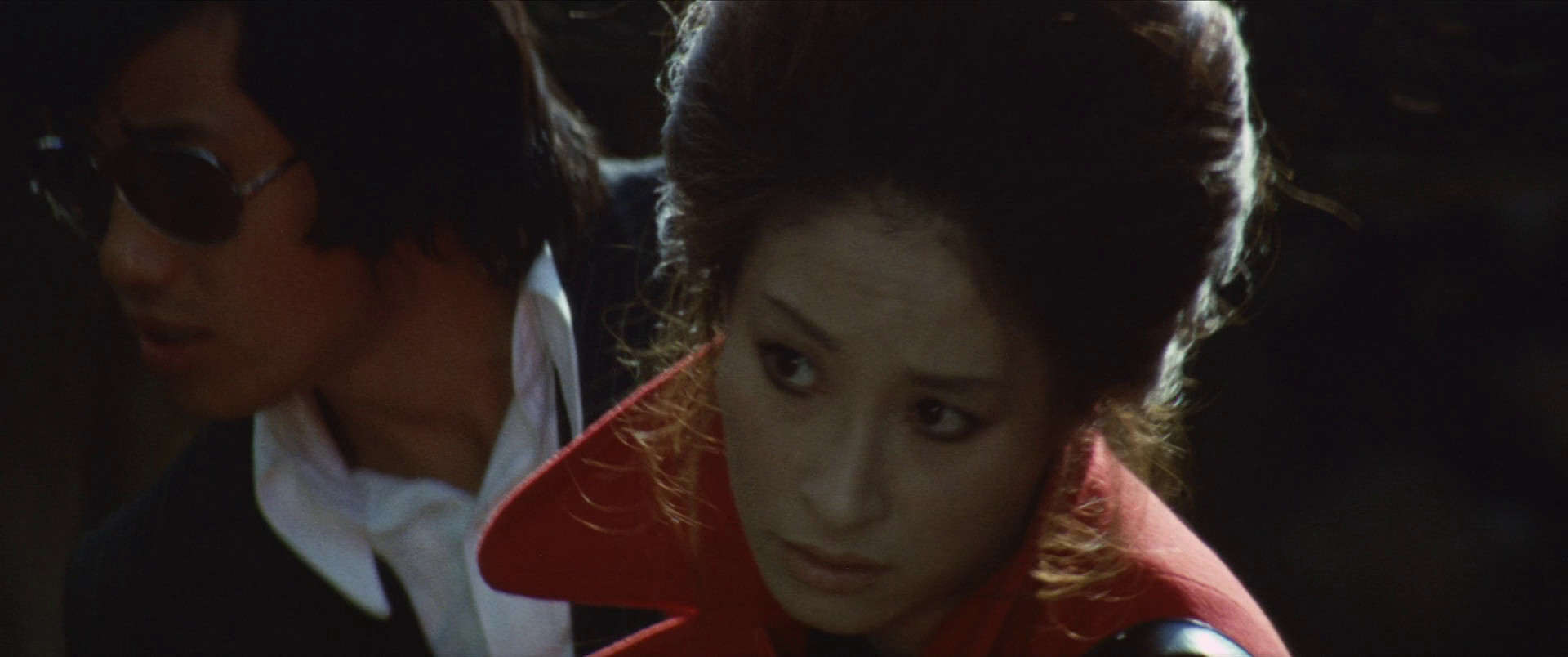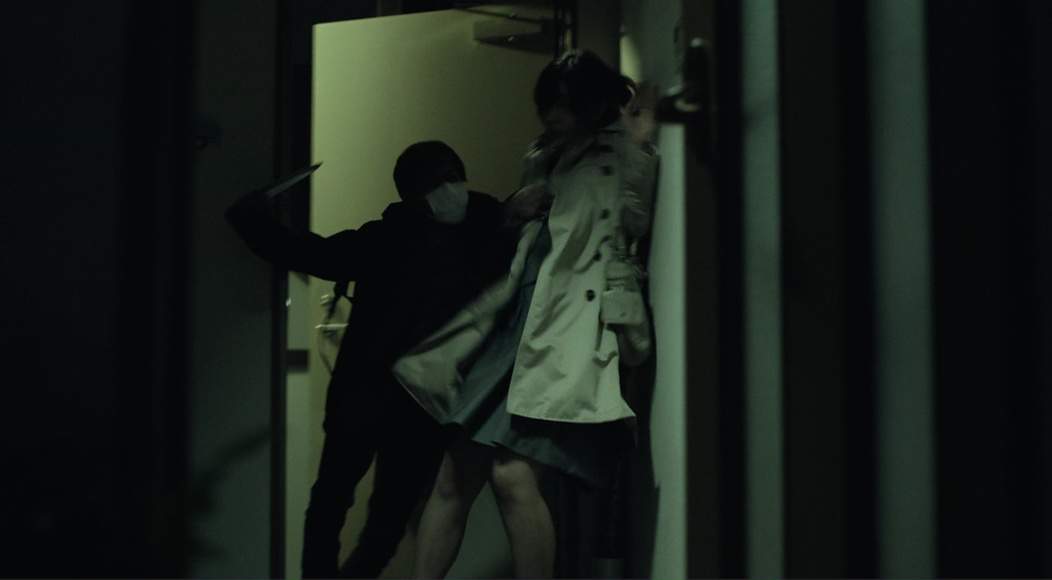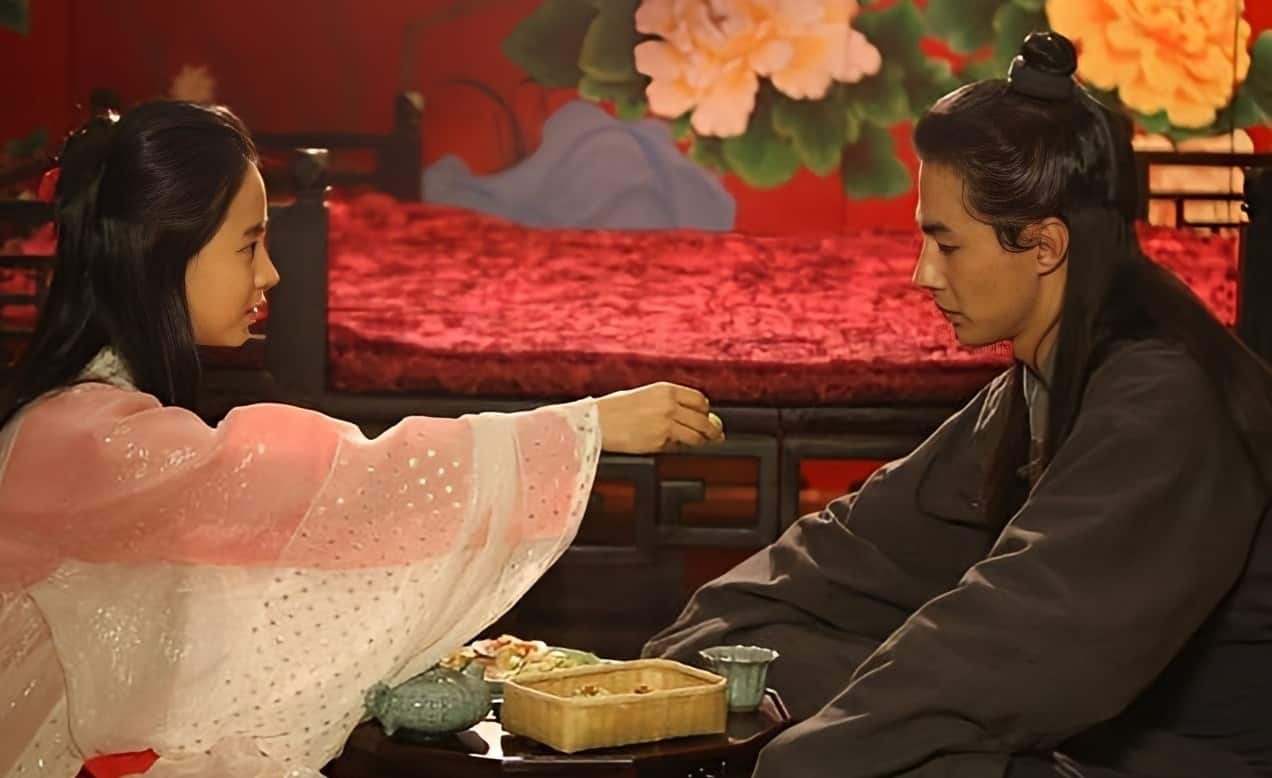Particular stories within manga tend to burrow under the reader's skin by exploring uncomfortable themes steeped in violence, tragedy, and suffering. These works offer a unique catharsis and, when executed with sincerity and skill, allow readers to look inward and see elements of humanity that are difficult to approach yet enriching to contemplate.
We look at 20 dark manga worthy of challenging the reader, offering depth within their complex themes. In no specific order, we have handpicked these twenty titles for their ability to navigate uncomfortable themes with the needed skill to make the work redemptive.
20. Goodnight Punpun by Inio Asano
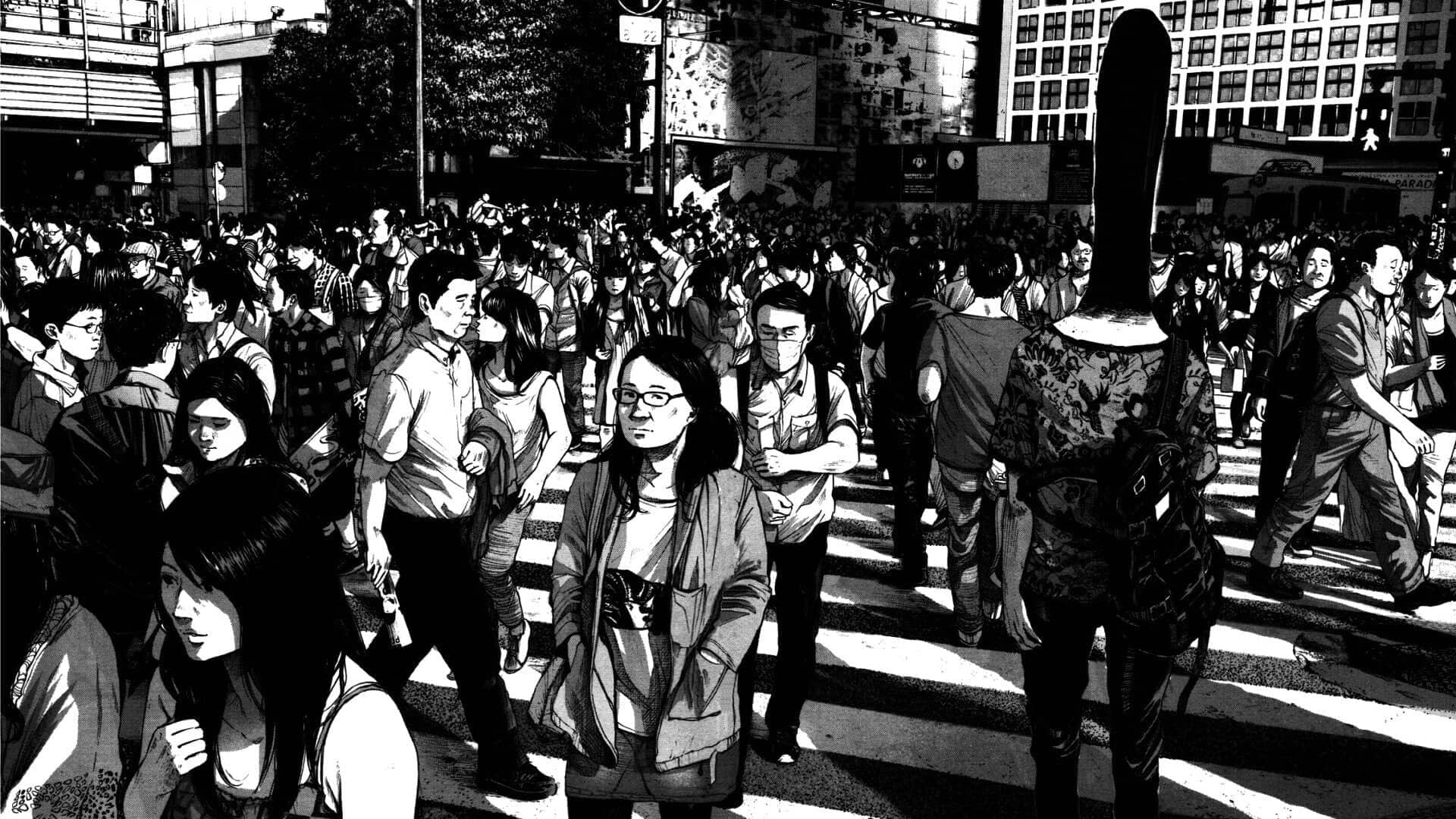
“This is Punpun Onodera's coming-of-age story. His parents' marriage is falling apart. His dad goes to jail, and his mom goes to the hospital. He has to live with his loser uncle. He has a crush on a girl who lives in a weird cult. Punpun tries talking with God about his problems, but God is a jerk. Punpun keeps hoping things will get better, but they really, really don't.”
The idea that our fates may be tied to an inescapable sadness permeates every page of “Goodnight Punpun.” Following the titular Punpun from awkward childhood to troubled adult, Inio Asano encapsulates a soul-draining depression that will make you come out feeling dirty. However, for those who have struggled with mental health, the work also strikes at harrowing truths about the struggle many face, offering a cathartic release from witnessing Punpun's plight. While the outcomes in Punpun's life are far from positive, there is beauty in Asano's profound ability to relate the fallacies that can plague those suffering from depression.
19. Happiness by Shuzo Oshimi

“Nothing interesting in happening in Makoto Ozaki's first year of high school. HIs life is a series of quiet humiliations: low-grade bullies, unreliable friends, and the constant frustration of his adolescent lust. But one night, a pale, thin girl knocks him to the ground in an alley and offers him a choice.”
At moments, it feels as if Shuzo Oshimi's “Happiness” is berating the optimism of its readers through its grim narrative. While Oshimi's work has previously strayed into disturbing territory, even portraying the supernatural, “Happiness” is his first proper foray into the world of horror, and with that come the liberties of the genre, which when paired with the frightening realism of Oshimi's characters, creates a manga which is cruel and oppressive. (Palomo Linares)
18. Helter Skelter: Fashion Unfriendly by Kyoko Okazaki
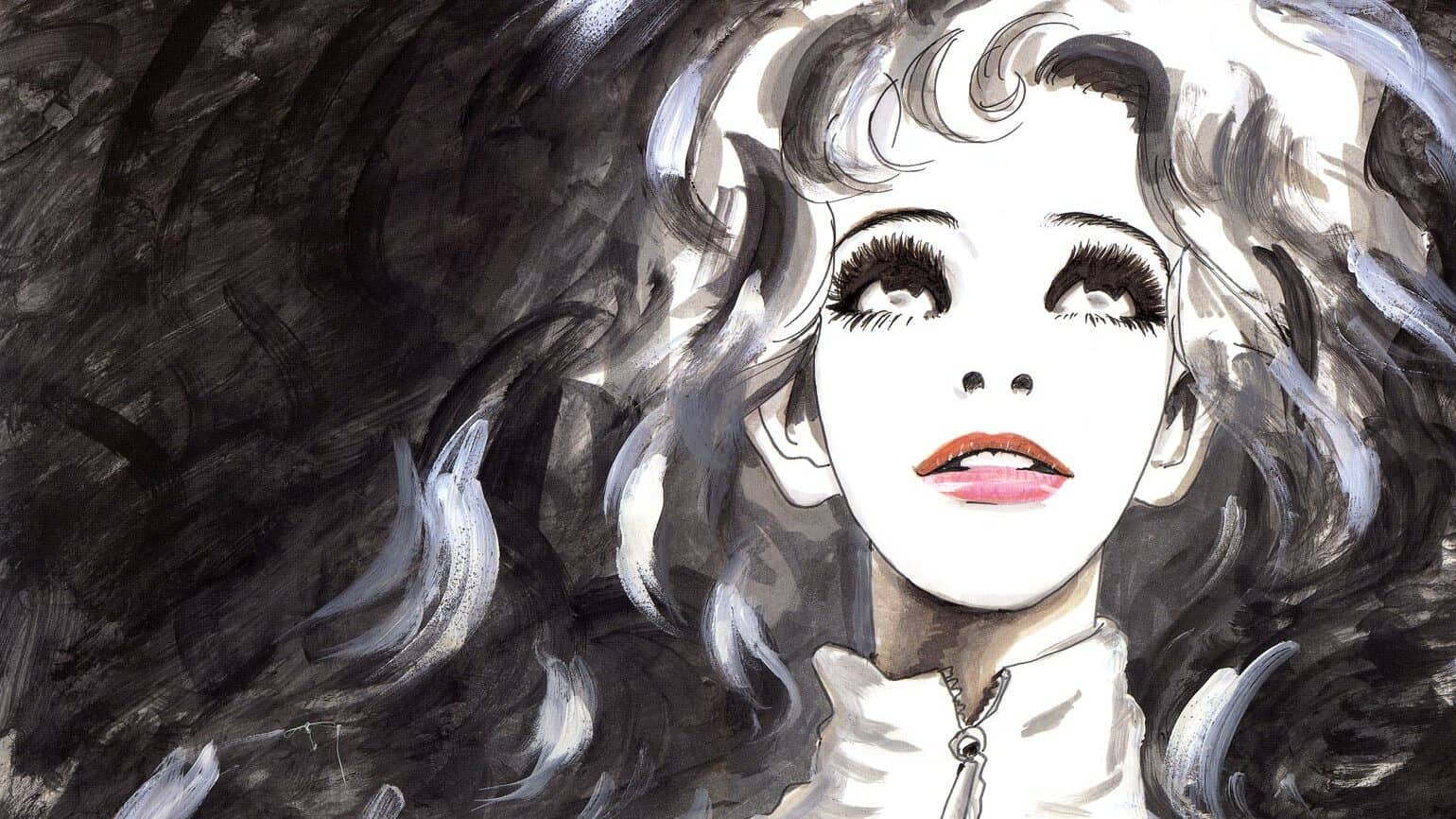
“If you are aware of fashion in Japan you must have seen Liliko's face. For the last few years she has been at the top of the modeling world, with her face and body promoting the biggest brands. But as everyone who is in this world admits, staying on top is a constant and never ending battle. There are always new faces introduced to the public. Younger models and new looks are brought into the fold every season. And keeping that position means learning to adapt and learning to cope with change.” (Kodansha)
“Helter Skelter” becomes a timeless cautionary tale of how the requirements to attain ‘beauty' can come with high stakes to those who can't navigate the immense pressures attached. The way Okazaki approaches such subjects as drug abuse, manipulation, and depravity within the industry is a harrowing experience that feels grounded in the reality of someone who has perceived the worst aspects of the fashion world she worked within. Given our views on beauty and push towards manufacturing it by any means necessary, “Helter Skelter: Fashion Unfriendly” will remain relevant for decades.
17. Shamo by Akio Tanaka
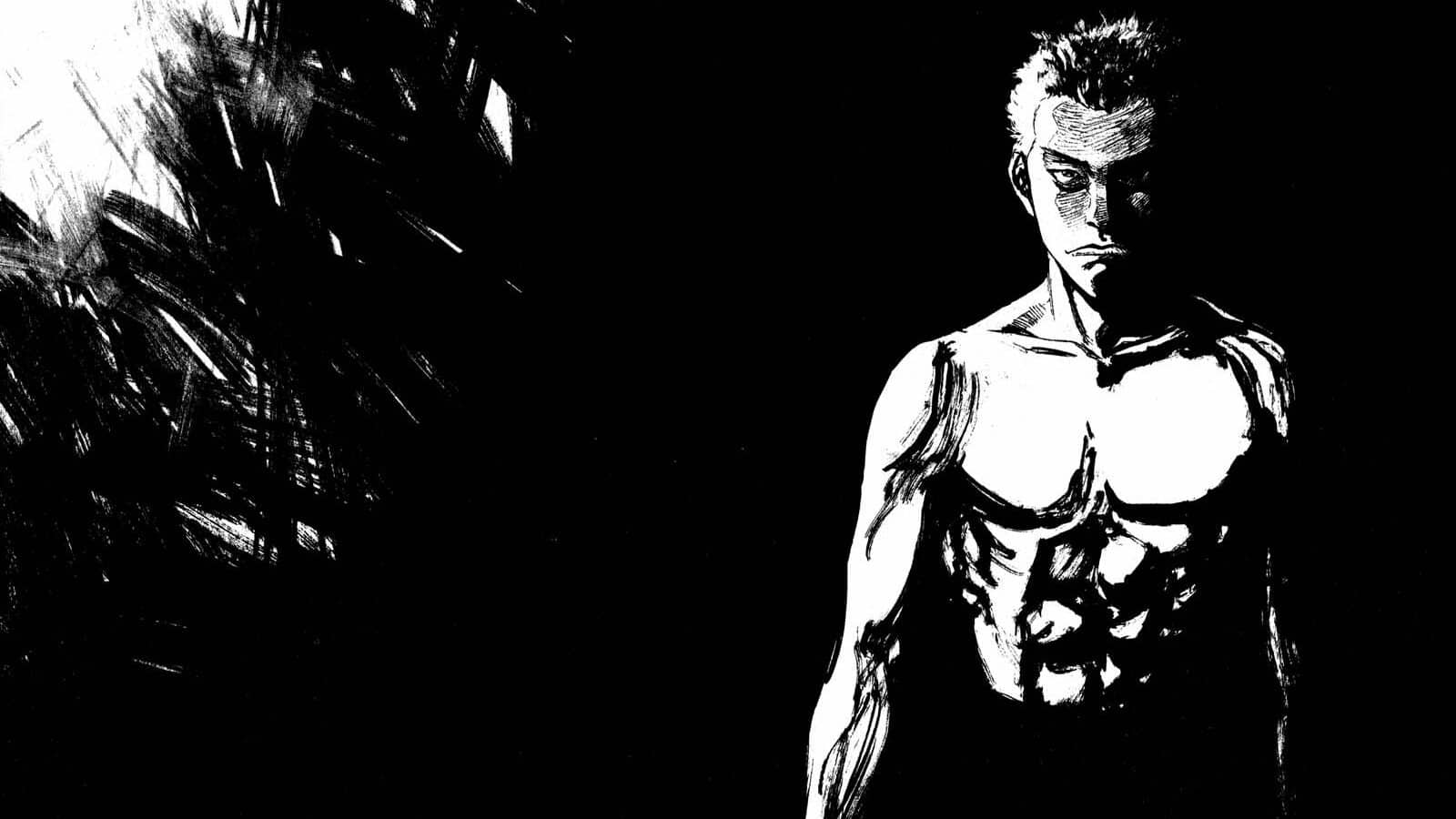
“At the age of sixteen Ryo Narushima was a genius and looked to have no trouble of getting into Tokyo University and joining the elite of society. However, that summer something cracked inside Ryo's head. With a small knife he brutally murdered both of his parents only leaving his sister alive and cowering in a corner. It is at this grotesque incident that our story begins.”
“Shamo” is a unique beast in the martial arts manga space. Delivering on the high-octane action of other notable series, there is a steady perversion to the story following the despicable behavior of its protagonist, Ryo Narushima. Beyond ‘anti-hero,' Ryo is viciously cruel, purposely maiming opponents, cheating, and using those few around him that want to see him succeed as a fighter. Readers will come away from “Shamo” feeling dirty, as it is evident from the start there is no course Ryo can take to find redemption. However, the story is memorable, and depicting how low one can sink when one loses all semblance of humanity is a harrowing read that will appeal to those looking for the challenge.
Check also this interview
16. Homunculus by Hideo Yamamoto
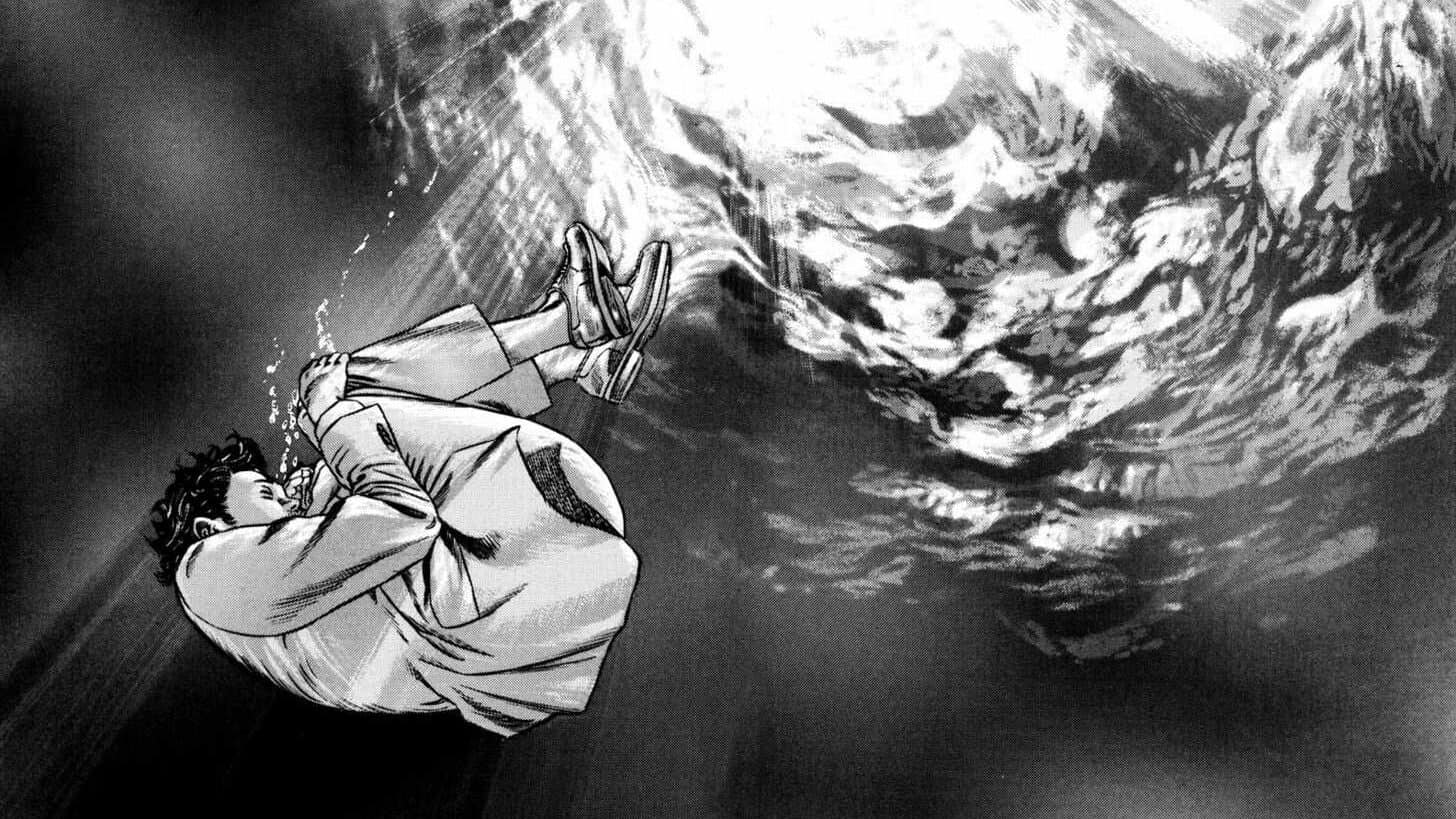
“Nakoshi Susumu, age thirty-four, lives out of his car. Between spending his days with the homeless and his nights in his vehicle, he has little to his name. When a medical student begins to stalk him, offering to pay Nakoshi a significant sum of cash to undergo a strange surgical procedure, Nakoshi initially refuses. But after his beloved car is towed, he finally agrees to take the offer and subjects himself to the operating table. What, if anything, will Nakoshi see differently once he awakens?”
A divisive title from the creator behind the cult sensation “Ichi: The Killer,” Hideo Yamamoto's “Homunculus” is a confused sexual deep dive into the realm of metaphysics and pseudo-science. The series can be challenging to follow, as the reasoning and creation of the homunculi exist to push the troubled protagonist down a journey of self-destruction. Yet, those who can stay through to the end will admire how wonderfully tragic and disturbing a spiral it is. Don't let the subpar adaptation fool you, “Homunculus” is a wonderfully complex and disturbing masterpiece for those who can vibe with it.
15. The Climber by Shin-ichi Sakamoto and Yoshiro Nabeda

“Through pain and arduous effort, one can reach the top of the world. Standing where no man has ever set foot before, there is an exhilarating feeling of success. This is what Mori Buntarou trains, works, and lives for.”
Creator Shin-ichi Sakamoto is perhaps the most talented mangaka that remains relatively undiscovered here in the West. While the upcoming release of “Innocent” from Dark Horse Manga should prove to get more interested in his work, “The Climber” is a stunning sports manga that warps the obsession of climbing into an object of deep metaphysical horror/dread. Moreover, the book tackles themes like sex and death with such a vivid visual approach that it is hard not to feel explicitly drawn to the horrors and the solitude that condems each character in the book to a lonely existence.
14. Sensei's Pious Lies by Akane Torikai
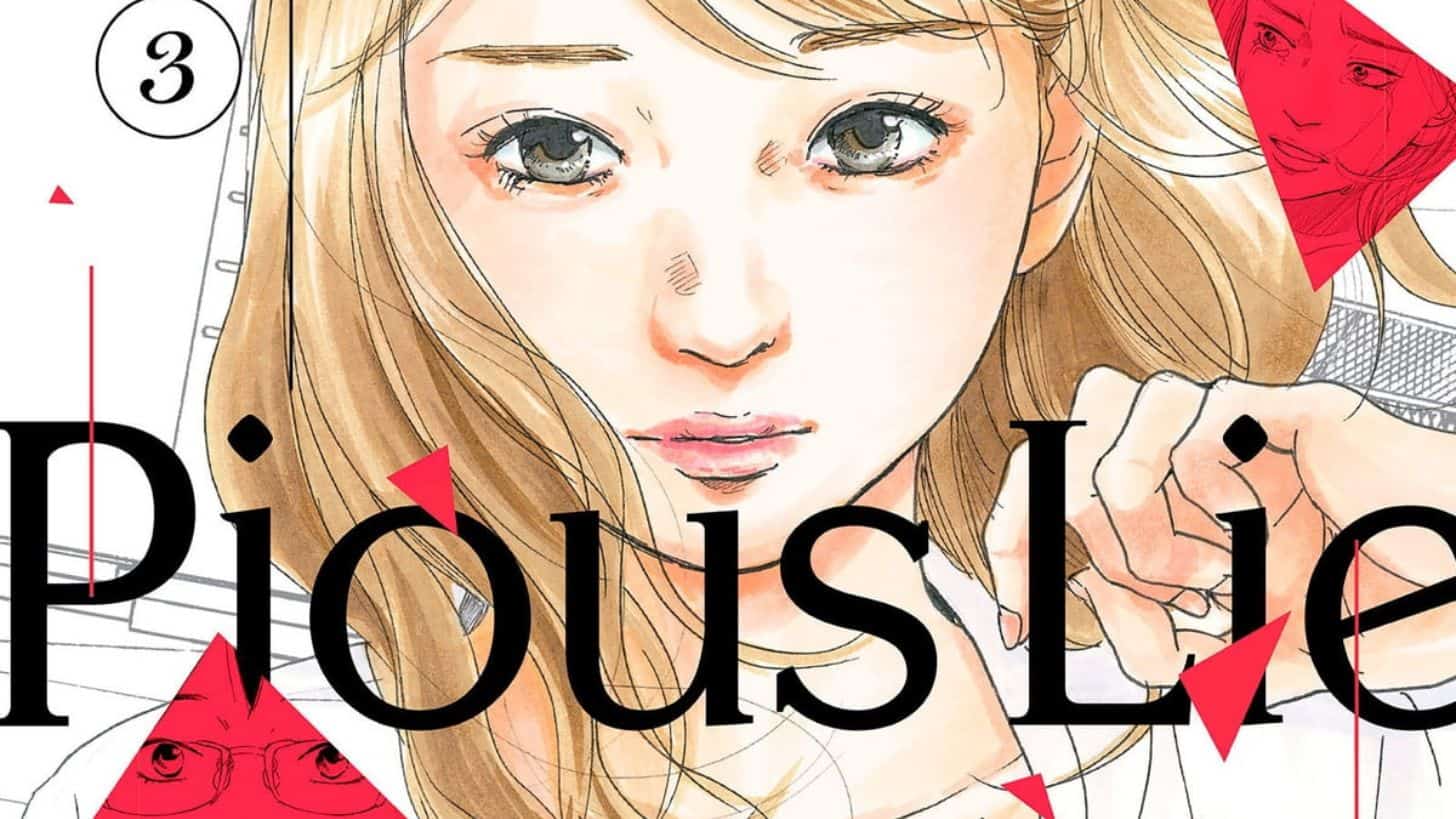
“Misuzu Hara is a quiet, reserved 24-year-old high school teacher whose world is turned upside down after her friend's fiancé rapes her. Her attempt to connect with one of her students, himself a victim of sexual trauma, results in an unlikely romance, and the repercussions of these events affect everyone around them in often unpredictable ways.”
“Sensie's Pious Lies” deals with heavy subject matter, including perverse sexuality driven by a lack of self-esteem. Yet, mangaka Akane Toriake navigates these issues with a woman's intuition that makes the work equally revelatory as it is disturbing. The series is near perfection for those who crave tragic introspective stories from a woman's perspective. Its brutal honesty, unflinching approach, and visual prowess put it on par with works from Torika's husband, Inio Asano.
13. Monster by Naoki Urasawa
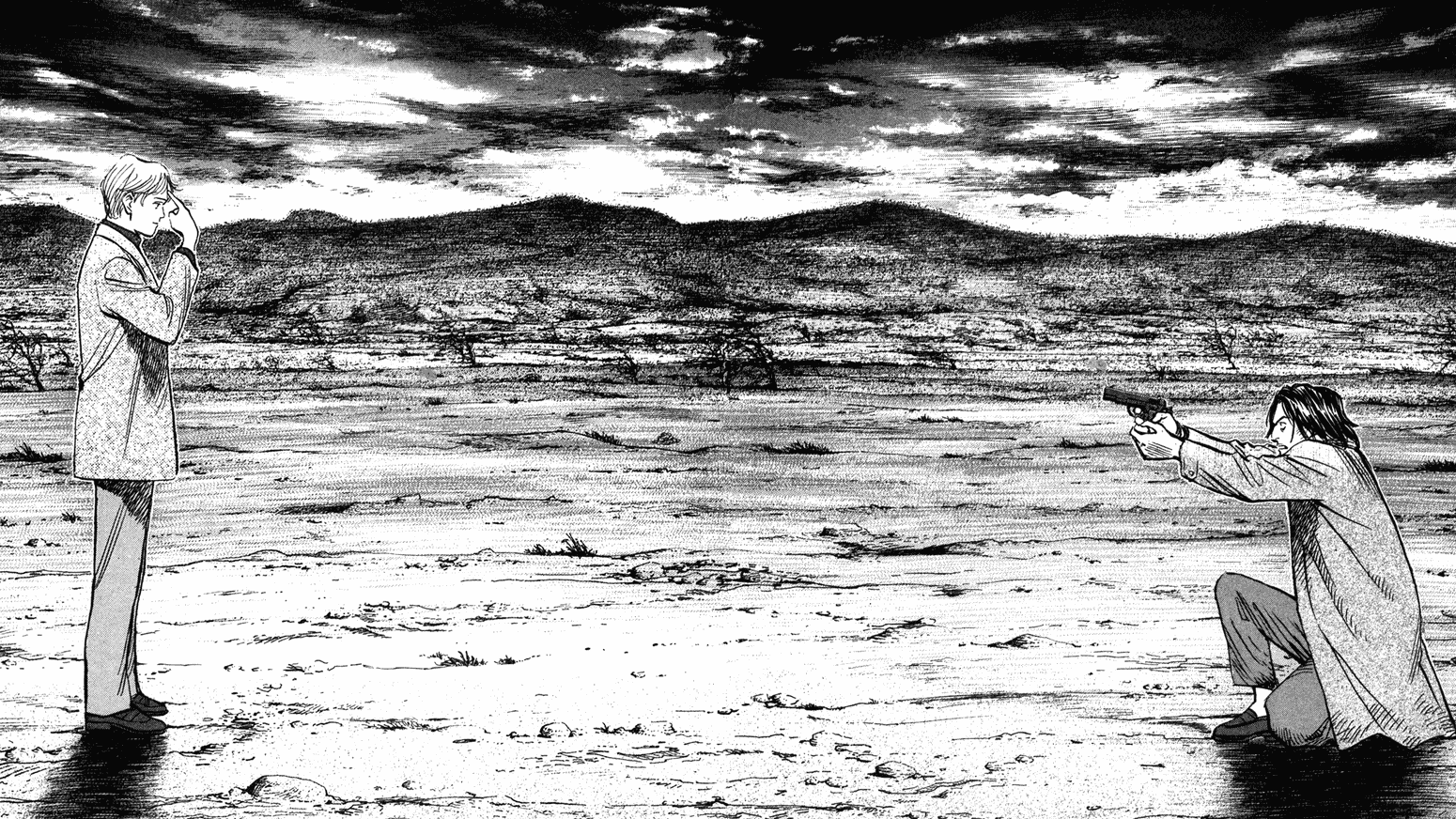
“Monster” is the story of Kenzo Tenma, a Japanese doctor currently operating in Germany, who is falsely accused of murder. The true killer is revealed to be a patient of his, someone whose life he previously saved- asking the question if Tenma himself is partly responsible for the murder.
While “Monster” isn't gorey or excessively depraved, it still manages to provoke and unsettle the reader. It poses, through its narrative, questions of morality which many would rather not think about. It complicates the ideas of “good” and “bad” to the point where there is no real monster to point your finger at and accuse. It might be easy for humans to look at the perpetrator of a horrific act and simply disassociate any relation to the criminal by stating that they are of a different stock (a monster) yet it is difficult to acknowledge that this person is a fellow human who, under different circumstances, could've been just like you. It is not through pure evil that the horror of “Monster” presents itself, but rather through that gray area of morality and blame which we all, in some way, belong to. This is something the characters, along with the readers, must grapple with. (Palomo Linares)
12. The Life of Namazuko by Daisuke Ichiba
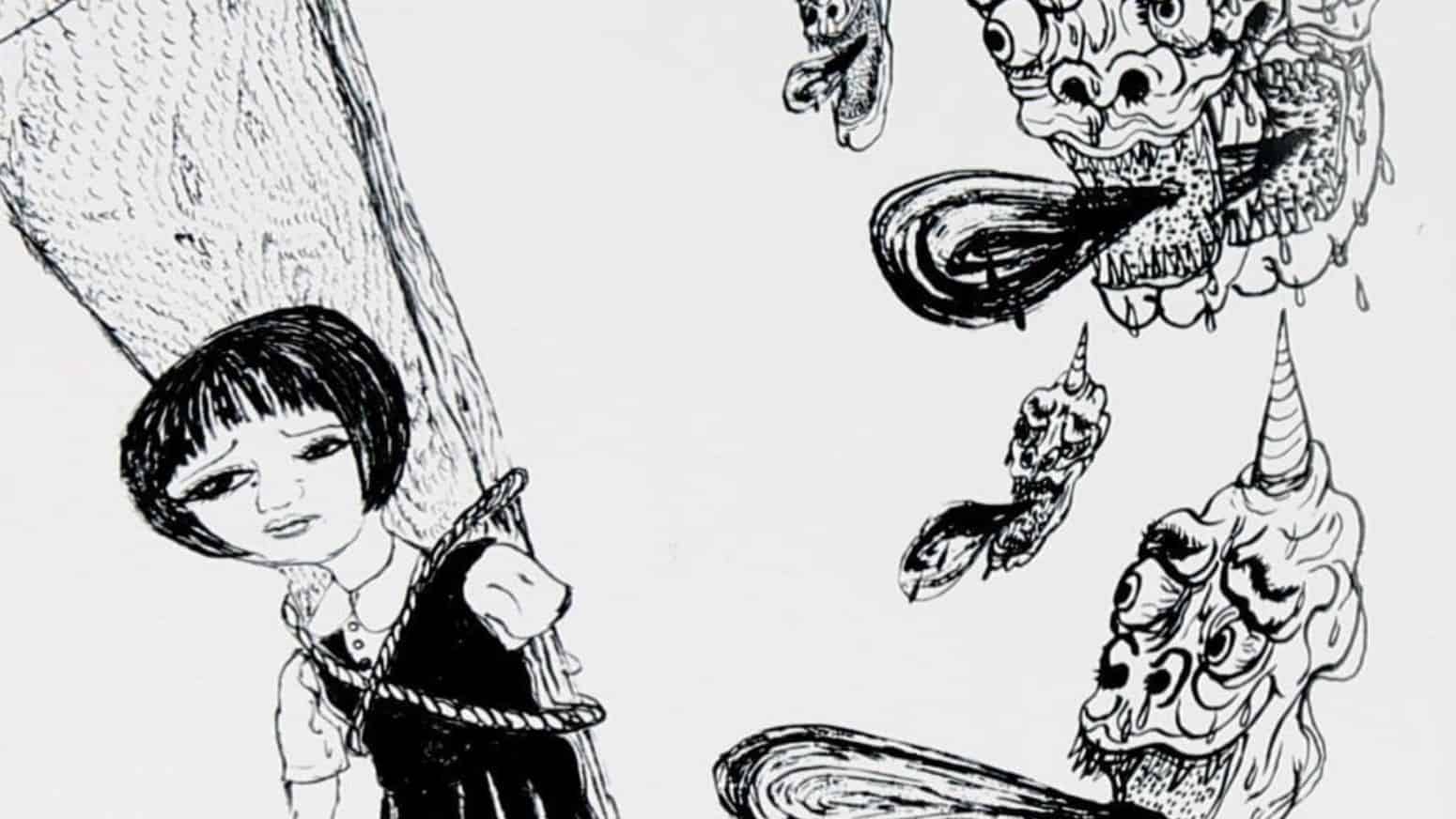
“My name is Jesuido Namazuko. I sing every night at The Pool Of Blood, a pub frequented by disgusting demons after work. One day I was about to fall victim to their weapons when, just as I thought my time, the time of my death, had come, I suddenly started singing a song that I liked. I touched the strings of their hearts and, for this reason, they spared my life. Thus I became the singer of the riverbed.”
Ichiba's artwork can be best described as disorienting, using traditional forms (particularly female nudes) that can quickly become amorphous through the body's or landscape's transformation. The book is a surreal trip through a lifetime of abuse, told through unique visuals and narrative that only Ichiba can craft. One of the most prolific creators in the underground scene, Ichiba's particular brand of madness and beauty may not garner the same appeal as others in this list, but it is worth checking out for those looking to explore the extremes of manga.
You can purchase “The Life of Namazuko” through the Hollow Press site.
11. Scum's Wish by Mengo Yokoyari
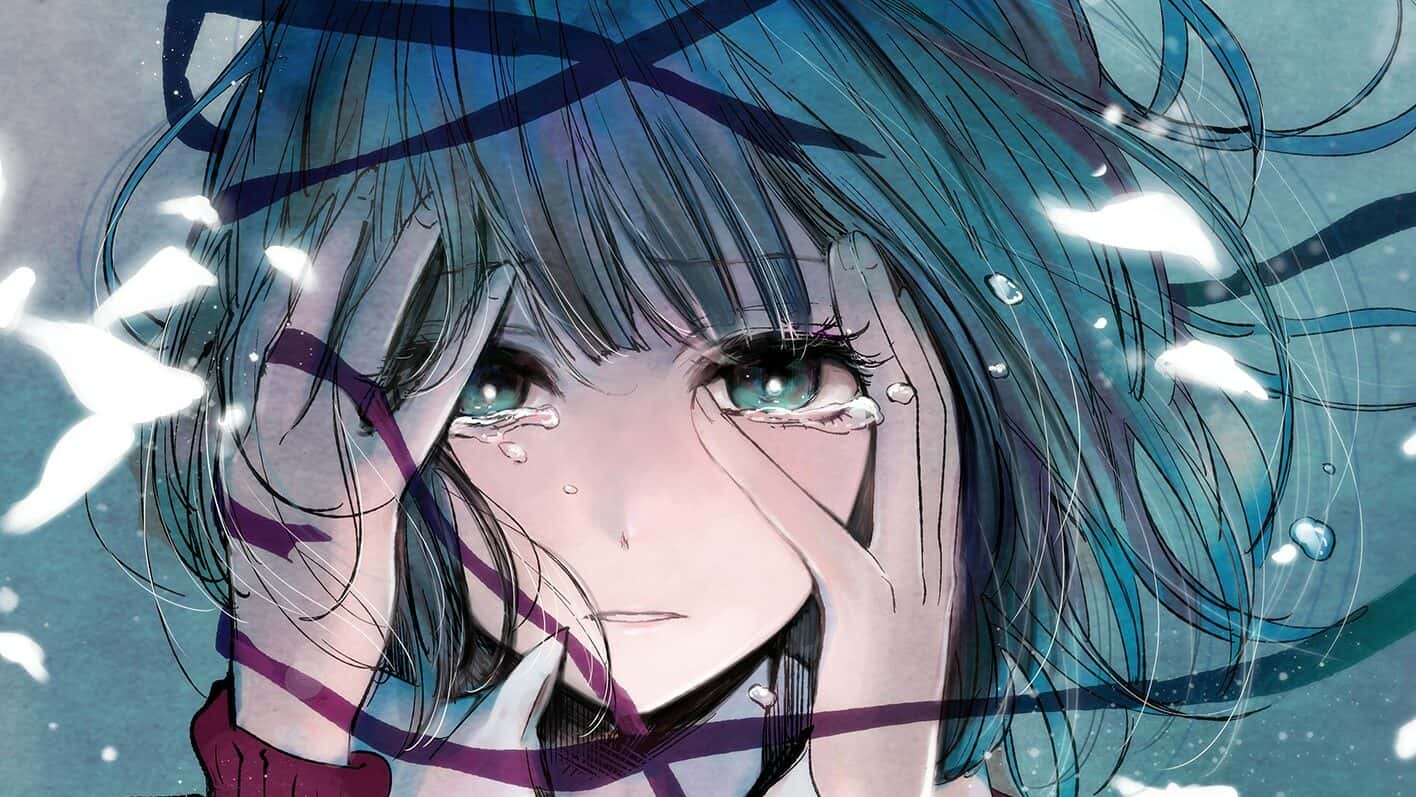
“Mugi and Hanabi are the perfect high school couple…but their relationship is built on a single shared secret: They're each in love with someone else.”
“Scum's Wish” presents a precocious nihilism in devaluing one's sex to the point of losing its identity or meaning, acting more as a tool to reach a goal than a sincere expression of love. The large cast within are all deplorable when taken at face value, and even after their insecurities are peeled back and given justification as to their acts, the sensation of being a perverse observer in their lives still lingers. Still, the writing, pacing, and exploration of sexuality are quite enthralling, and Mengo Yokoyari's artwork is utterly gorgeous throughout.


